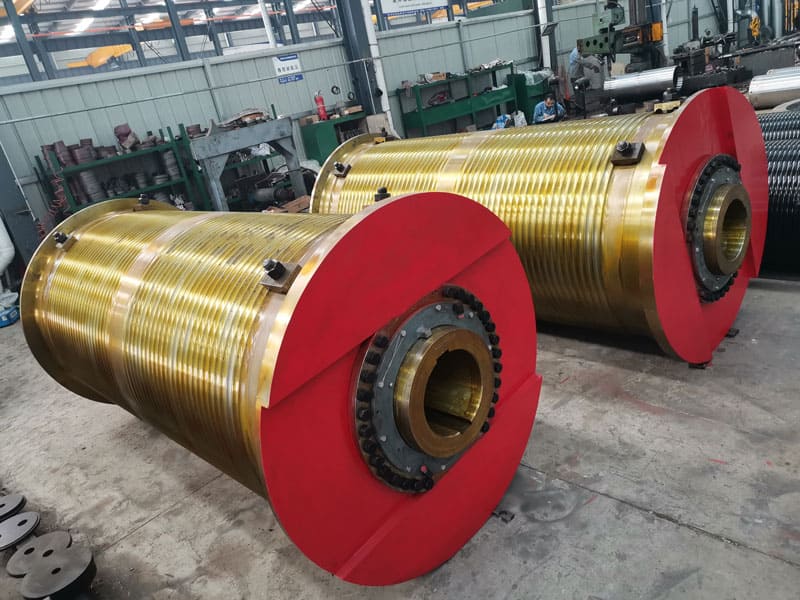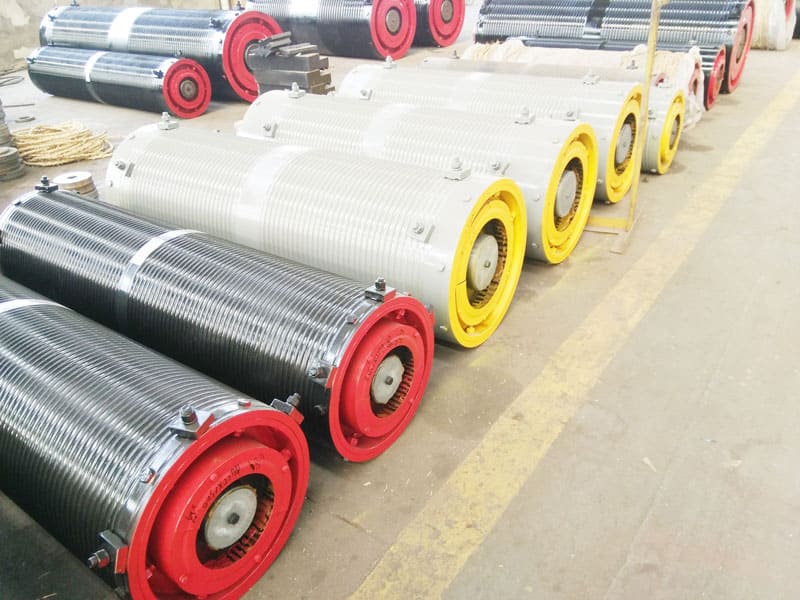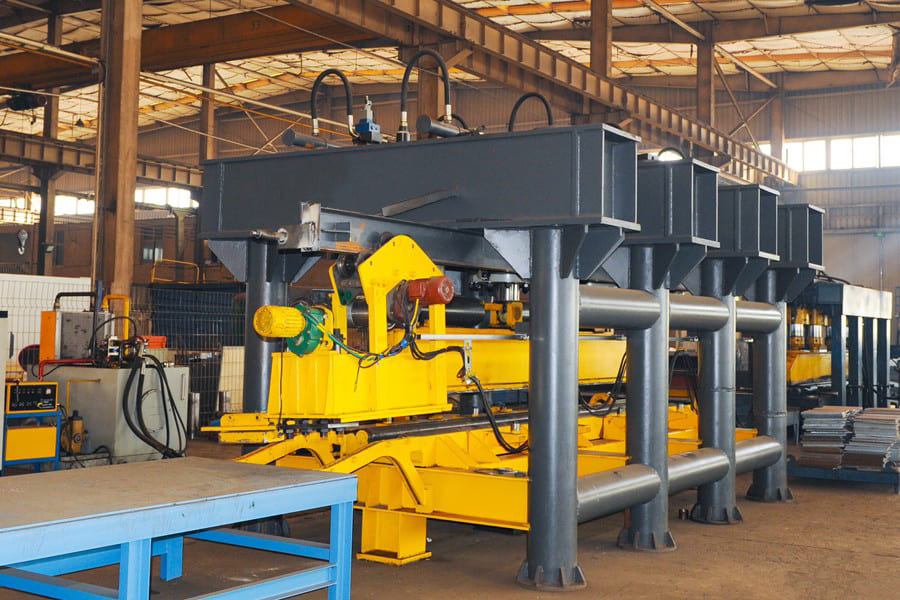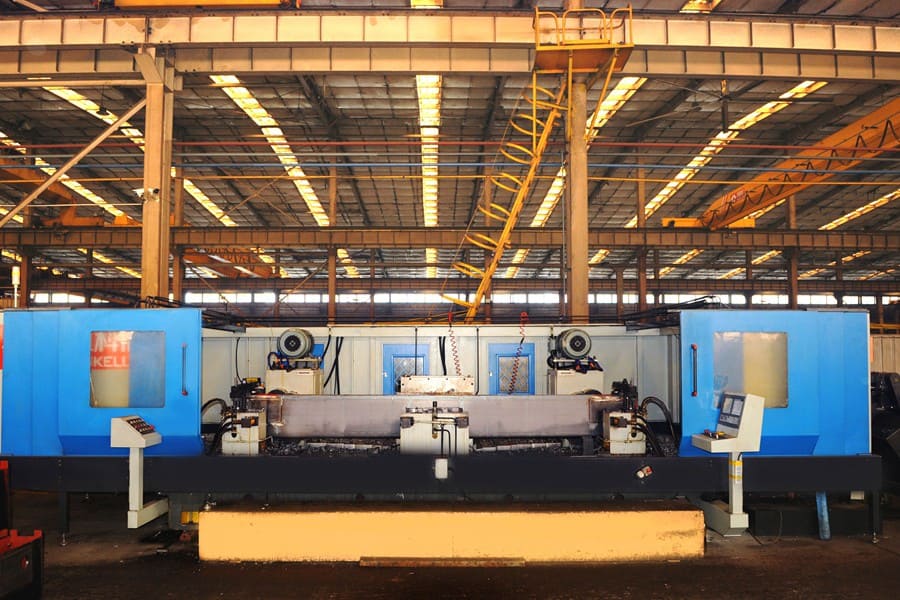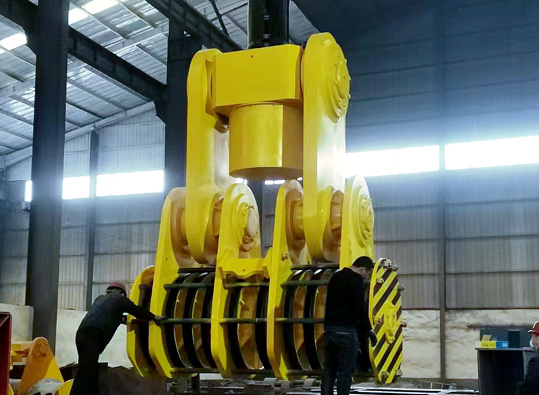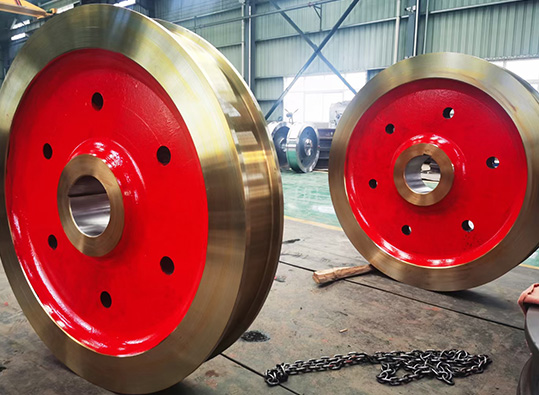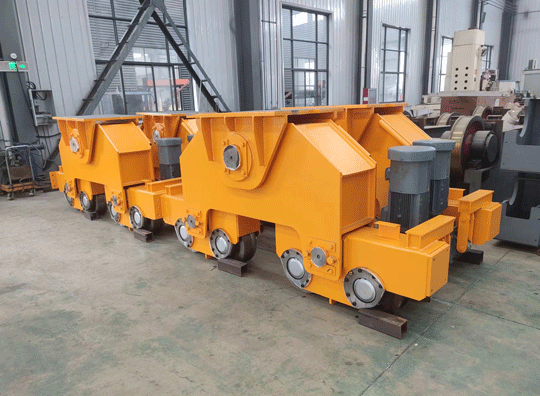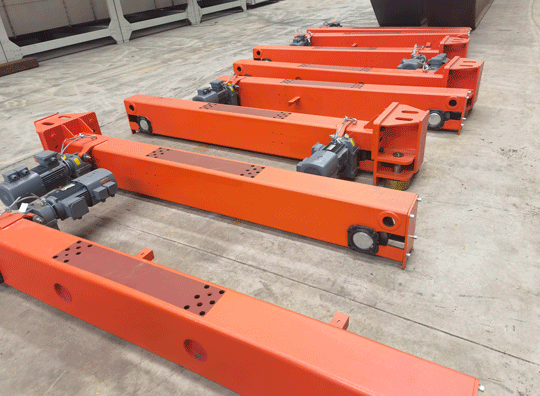The production of a lifting drum is a complex process that requires a high level of quality control. Quality control is essential to ensure that the drum is safe and reliable, meets the required specifications, and is of suitable quality.
To achieve high-quality standards, we adopt quality control measures at every stage of the production process. The first step is selecting the right materials to ensure the mechanical strength and durability of the drum. For instance, the drum should be made from high-alloy steels with excellent fatigue properties to withstand the harsh operating conditions in which it will be used.
Once the materials are selected, the manufacturing process begins. During this stage, various quality control measures must be implemented to ensure that the drum is produced according to the design and meets the required specifications. For instance, the dimensions of the drum must be checked to ensure that they meet the required tolerances. Any discrepancy can result in the drum failing to work as intended, leading to serious accidents or equipment damage.
Furthermore, the welding process must be closely monitored to ensure that the welds are strong and free from defects such as porosity or cracks. Welding defects can undermine the structural integrity of the drum, reduce its service life, and increase the risk of injury to operators and other personnel working in the vicinity.
Another essential quality control measure is testing the drum for its load capacity. The drum must be subjected to various tests, including load testing, destructive testing, and non-destructive testing, to ensure its reliability and safety. Load testing involves subjecting the drum to the maximum weight it can carry to check if it can perform as expected. Destructive testing involves testing the drum to its breaking point to measure its endurance level. Non-destructive testing methods, such as radiography, ultrasonic testing, and magnetic particle inspection, are used to identify any surface or internal defects that could undermine the structural integrity of the drum.
Finally, the finished product is inspected for dimensional accuracy, surface finish, and appearance. Any defects are corrected before the drum is released to the customer.
In conclusion, quality control is an essential aspect of the production of a lifting drum. It ensures that the drum meets the required standards and specifications and is safe and reliable.


